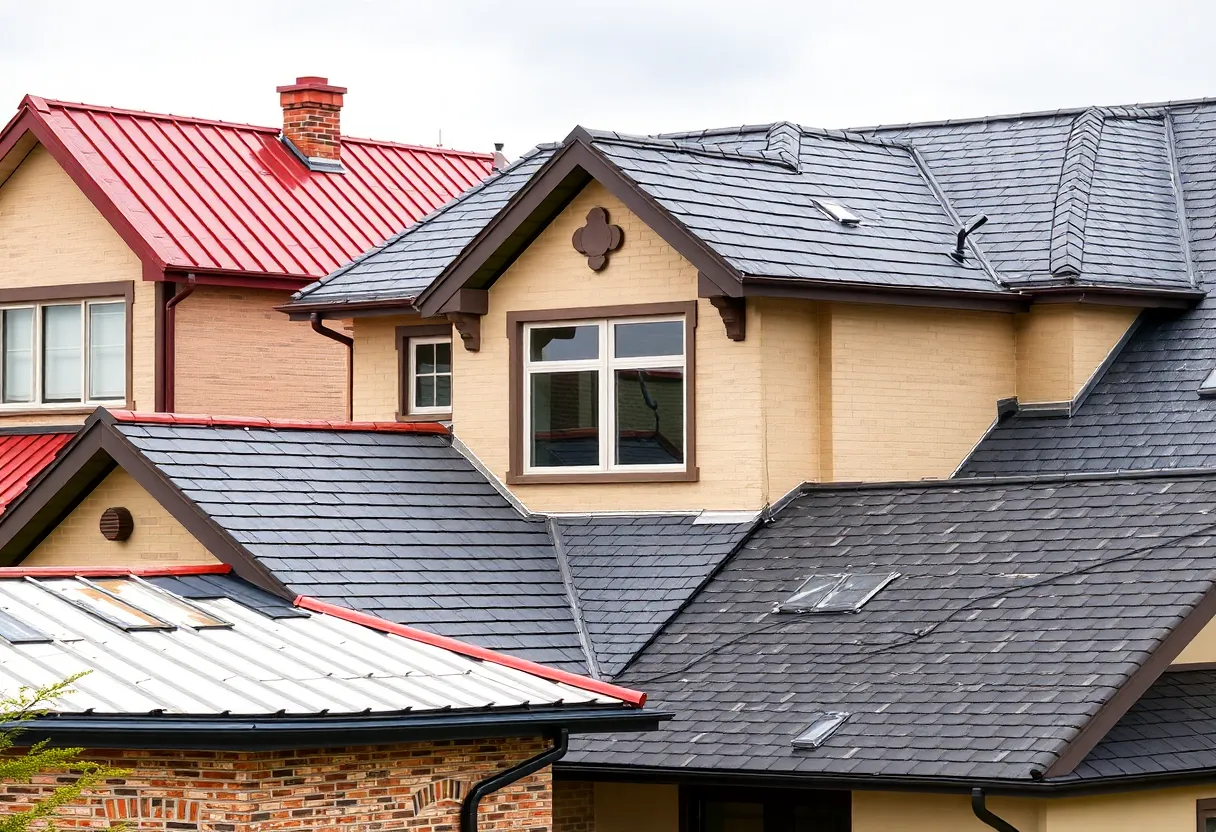How to Choose the Best Roof Type for Your Home: Key Factors to Consider
Selecting the appropriate roof type for your home is a significant decision that impacts both aesthetics and functionality. A roof’s design affects not only your home’s curb appeal but also its energy efficiency, durability, and maintenance requirements. This guide outlines vital factors to consider when choosing the best roof type for your home.
1. Understand Your Local Climate
Your local climate is one of the primary factors influencing your roofing choice. Different materials perform better in certain conditions, so understanding local weather patterns is essential.
Extreme Weather Conditions
If you live in an area prone to heavy rain, snow, or strong winds, select a roof type that can withstand these elements. Metal roofing, for instance, is favored in regions with snow due to its slip resistance, while slate roofs are excellent for their durability during extreme weather.
Temperature Variations
In areas with significant temperature fluctuations, consider materials that can expand and contract without damage. Asphalt shingles are popular in varying climates because they can handle temperature changes effectively.
2. Evaluate Architectural Style
Your home’s architectural style should dictate your roofing choice. Selecting a roof that complements your home’s design enhances its overall appearance.
Traditional Homes
For traditional homes, asphalt shingles, wood shakes, or slate tiles are common choices. Such materials offer a classic look that enhances the charm of older homes.
Modern Homes
In contrast, modern architecture might benefit from flat roofs, metal panels, or green roofs, emphasizing sleek lines and minimalism.
3. Assess Material Durability
The durability of roofing materials is vital in determining their lifespan and long-term value. Every material has different resilience levels against environmental factors.
Longevity of Roofing Materials
- Slate: Can last over 100 years.
- Metal: Typically lasts 40-70 years.
- Asphalt Shingles: Generally last 15-30 years.
Investing in a durable roofing option can lead to lower long-term maintenance costs and reduced frequency of replacements.
4. Consider Energy Efficiency
The roofing material you choose can impact your home’s energy efficiency. Energy-efficient roofs can help reduce your heating and cooling expenses.
Reflective Materials
Light-colored or reflective materials such as metal roofs or certain types of shingles can minimize heat absorption, helping keep your home cooler in warm climates.
Proper Insulation
In colder areas, it’s essential to prioritize proper insulation in your roofing system. Efficient insulation reduces heat loss, leading to lower energy bills.
5. Weight and Structural Support
The weight of roofing materials must match the structural capacity of your home. It’s crucial to consult a structural engineer if you are considering heavy materials like slate or tile roofs.
Comparing Material Weight
- Asphalt Shingles: Lightweight and versatile.
- Metal Roofing: Also lightweight with solid structural support.
- Slate and Tile: Heavy and may require reinforcement.
6. Evaluate Maintenance Requirements
Low-Maintenance Options
Metal roofing and asphalt shingles generally have lower maintenance costs compared to wood or tile roofs, which may require regular inspections and treatments to prevent rot or mold.
Understanding Lifespan and Maintenance
Understanding the maintenance requirements of each material is crucial to ensure you can manage the upkeep effectively.
7. Budget Considerations
Installation Costs
Different materials have varying installation costs. Higher-end materials, while durable, may require a more significant upfront investment.
Long-term Value
Consider the lifespan and maintenance costs associated with each material. A more affordable option might save you money upfront but could be costlier in the long run.





 Mays Contracting
Mays Contracting


